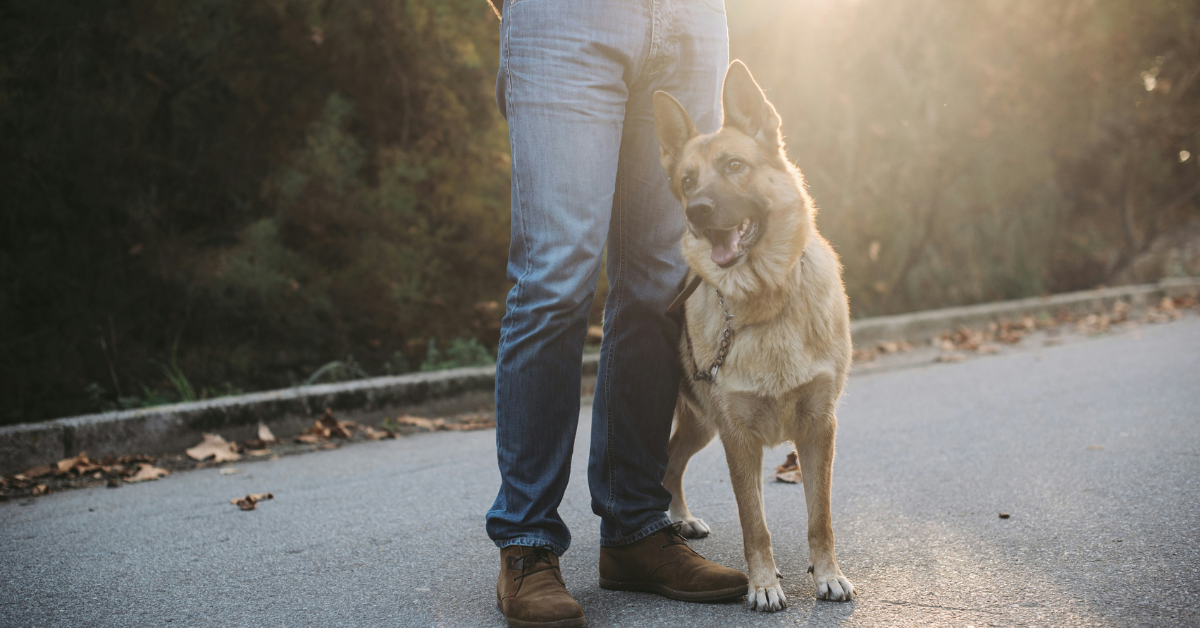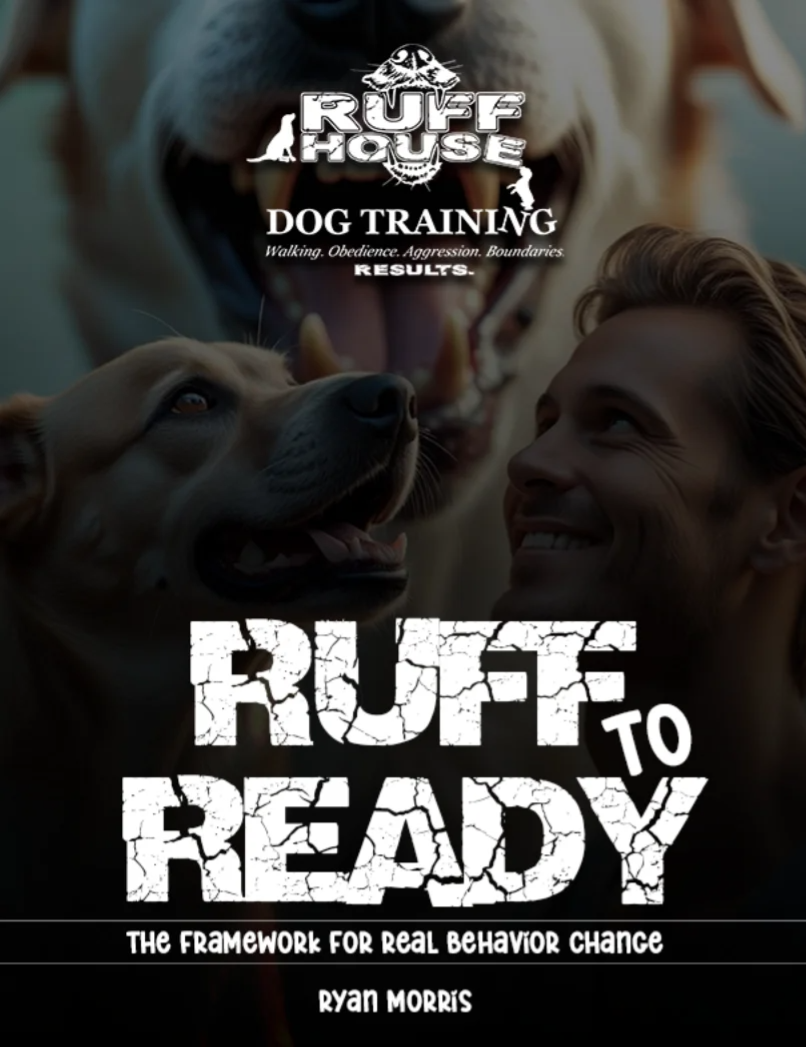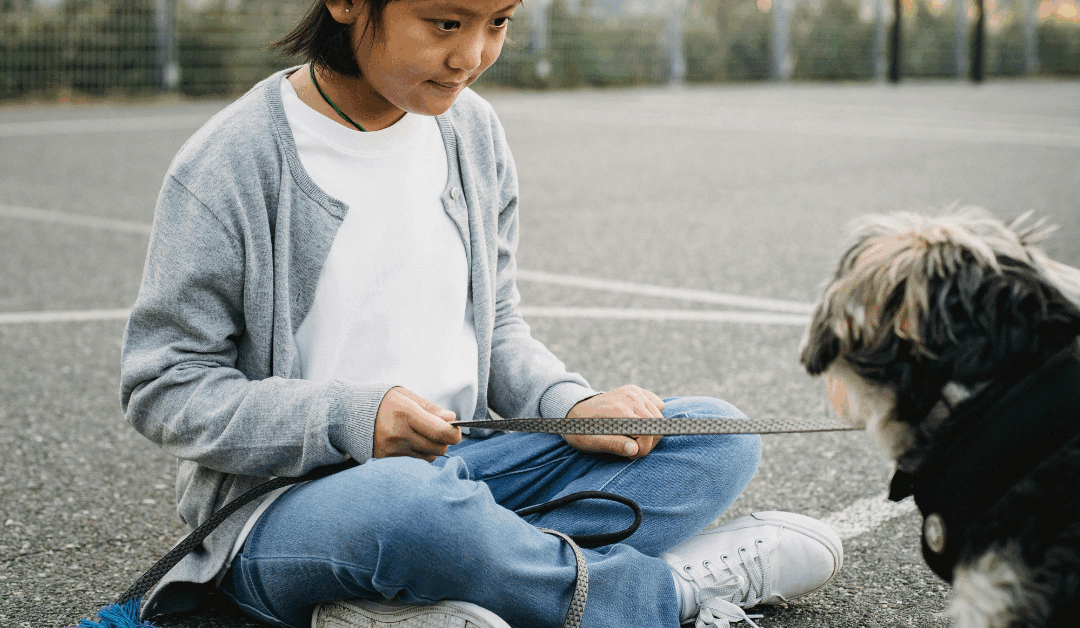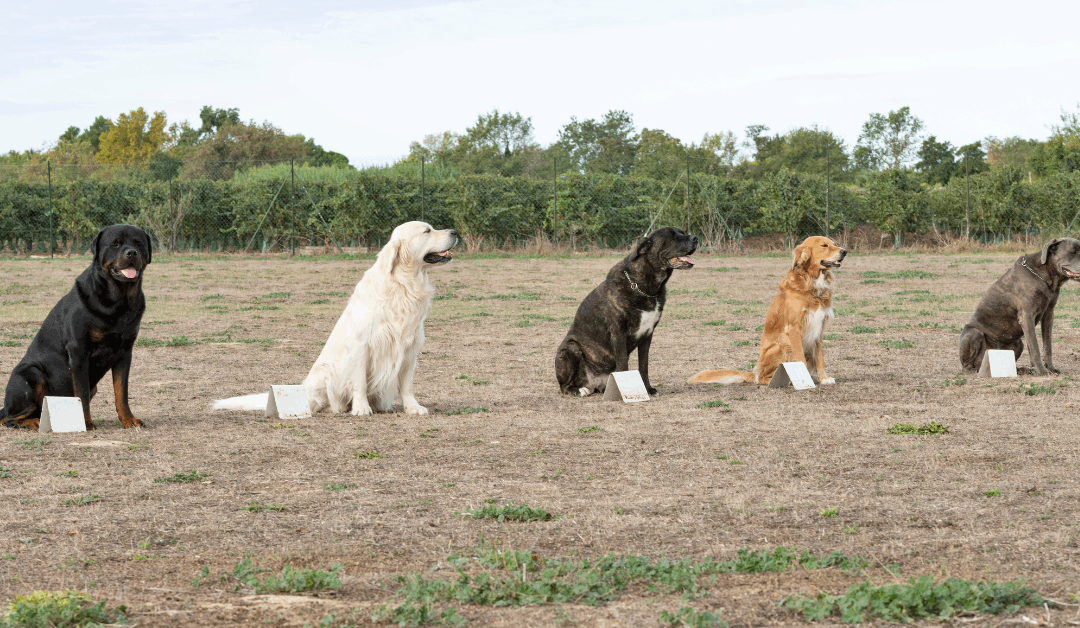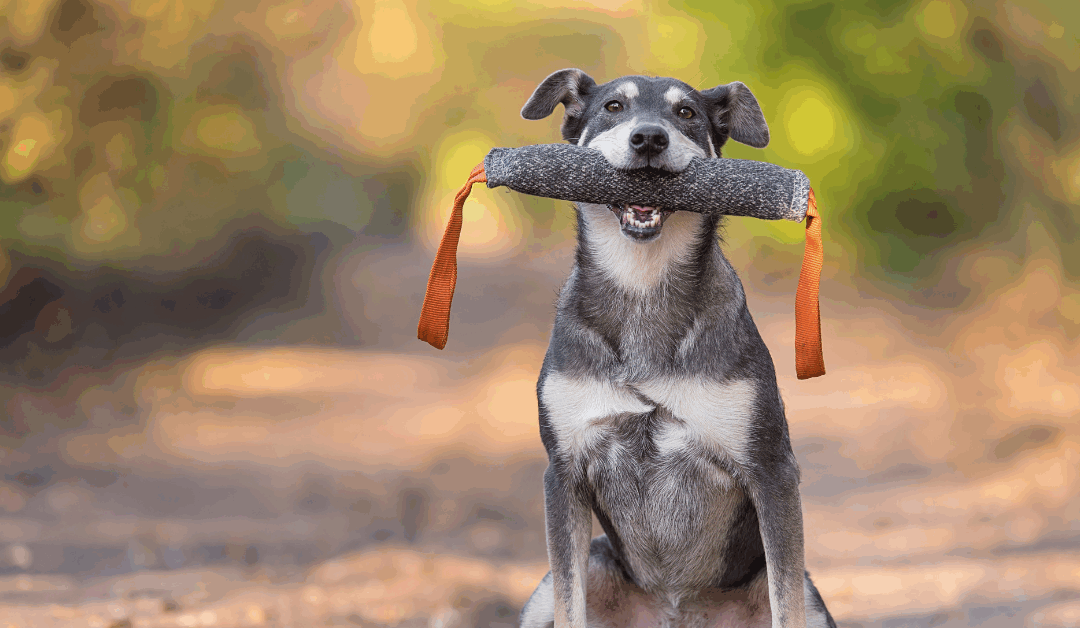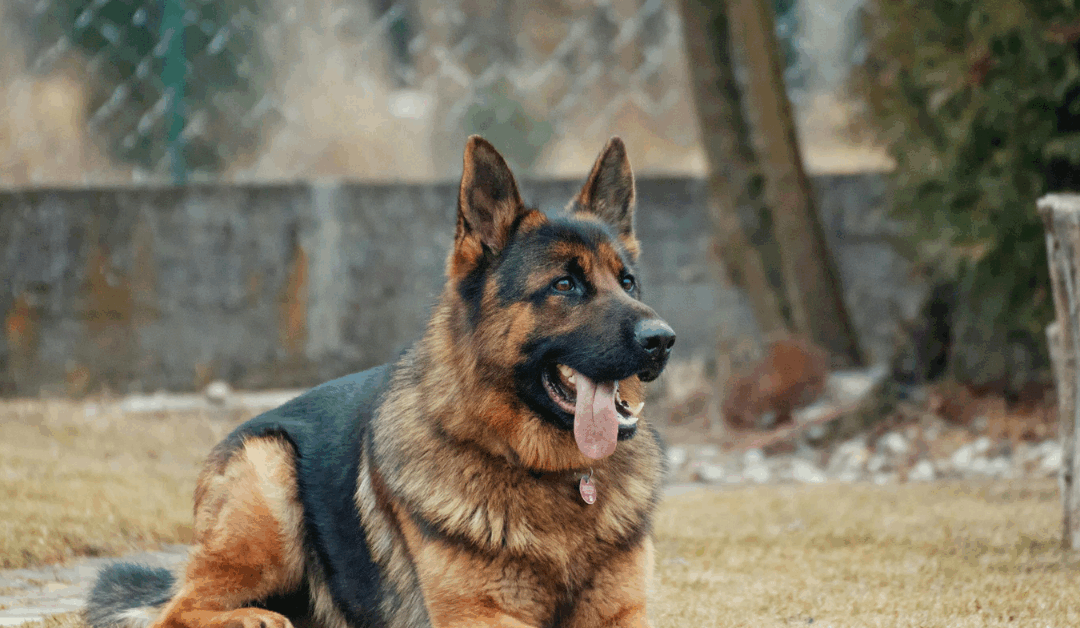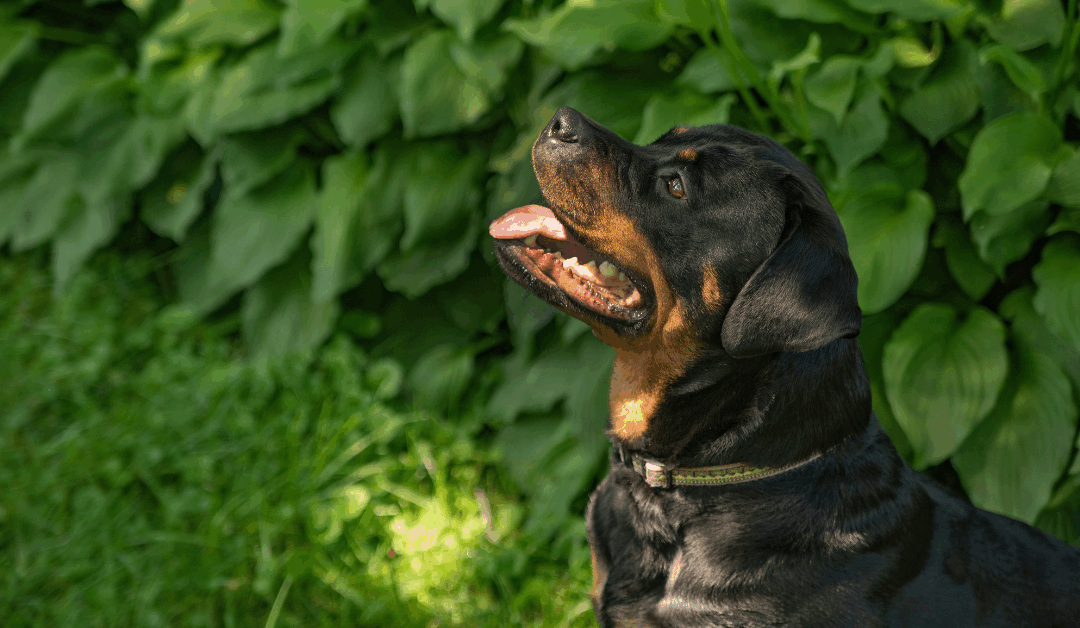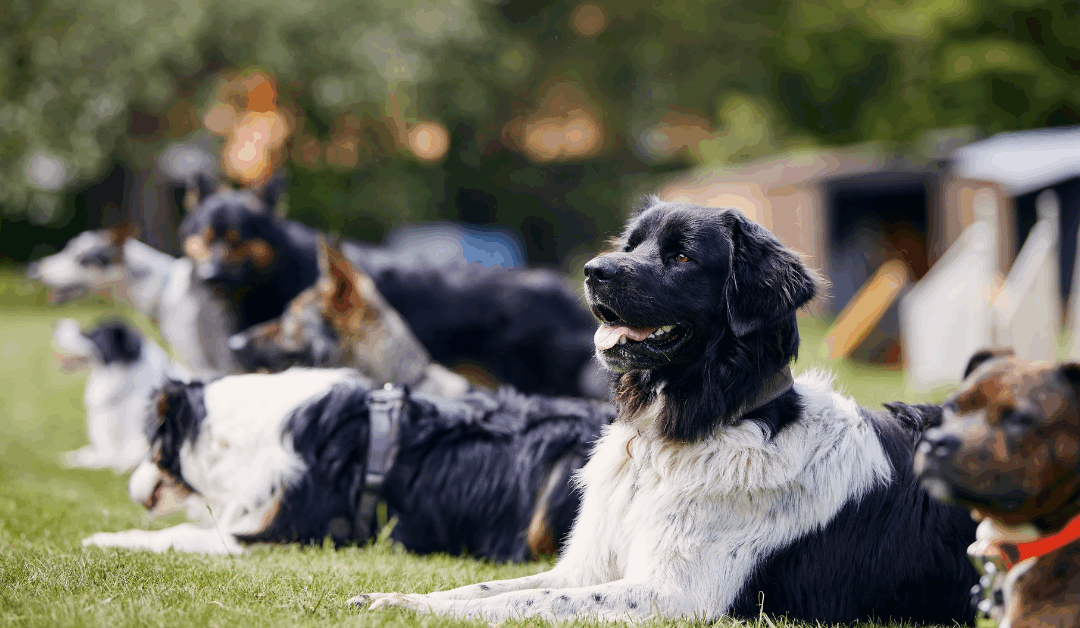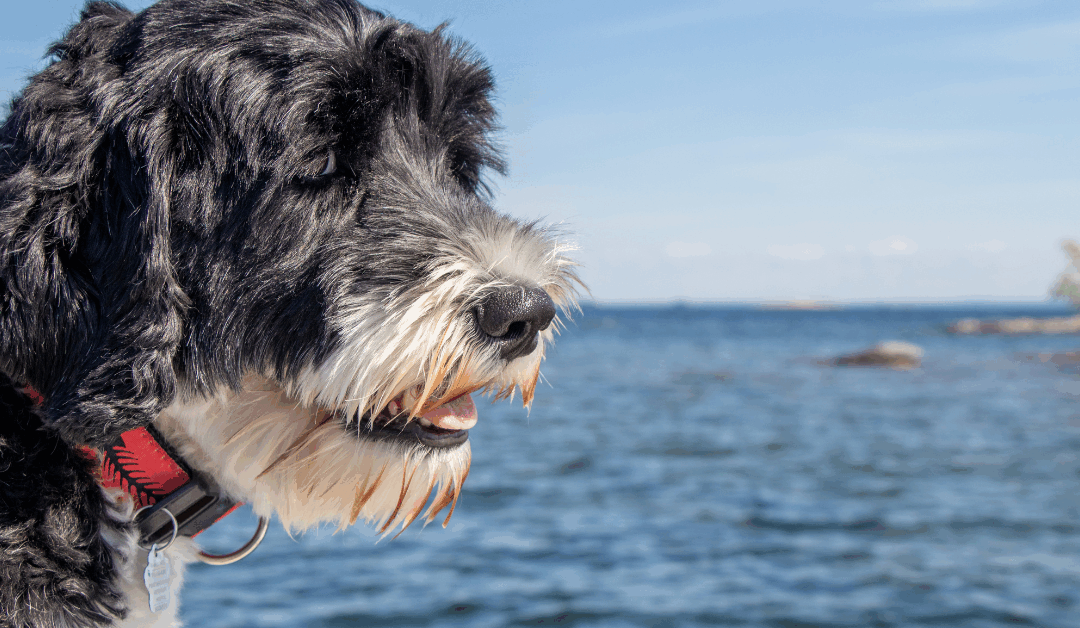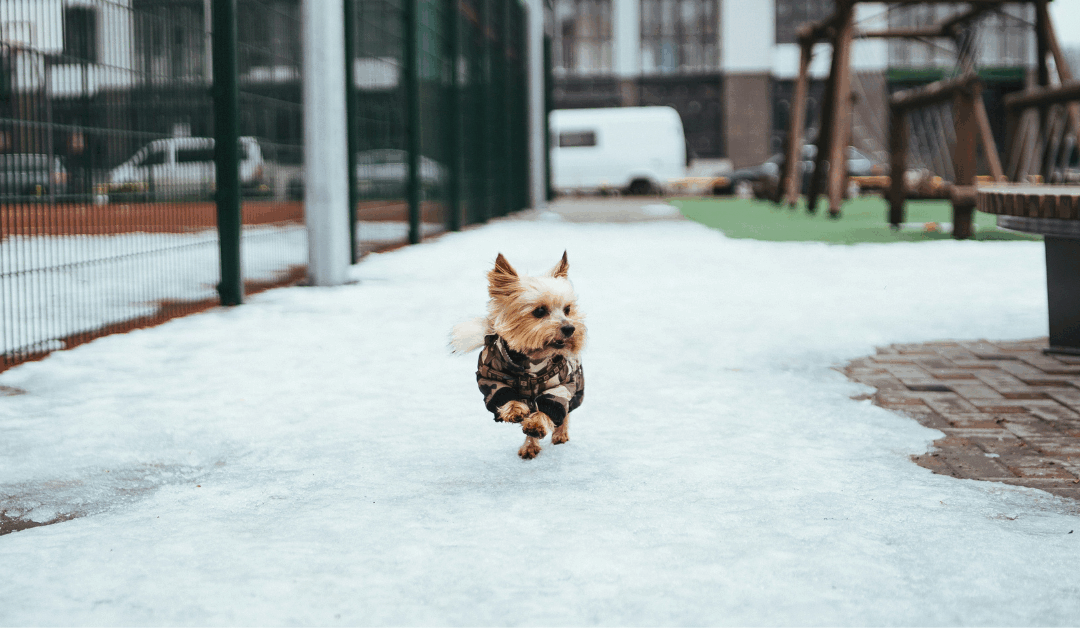If taking your dog for a walk feels more like a CrossFit workout than a relaxing stroll, you are not alone. Anyone who has been dragged down the sidewalk past a squirrel, a stroller, or another dog knows the feeling—the shoulder strain, the awkward shuffle to regain balance, and the silent prayer that no one you know is watching.
I’m Ryan, the veteran owner of Ruff House Dog Training. I serve dog owners right here in Arlington and across the entire DMV. I’ve seen every version of the “leash pull dance,” and I’m here to tell you: it doesn’t have to be this way.

Unlock Real Behavior Change – Download Your Free Guide Now
"*" indicates required fields
Leash pulling isn’t just an annoyance; it’s stressful and potentially dangerous for both you and your dog. But with structured dog obedience training, it is entirely fixable. You can actually enjoy your walks again.
Ready for calmer walks? Book Your Training Session Today.
Why Leash Pulling Happens (And Why It’s Not Your Fault)
First things first: take a breath. Your dog isn’t pulling because they are trying to be a jerk or ruin your day. They are pulling because, frankly, dragging you works for them. They want to get from Point A to Point B faster than your human legs can carry them.
Dogs often pull due to overstimulation, excitement, or simply a lack of structured walking skills. They speak a different body language than we do. To a young dog or a puppy, a tight leash often signals “pull harder” rather than “slow down.”
While many competitors rely on cookie-cutter classes that teach “sit” in a quiet room, real life in Arlington is full of distractions. If your dog hasn’t been taught the fundamental command to walk with you rather than against you, they will naturally take the lead.
How Dog Obedience Training Fixes Leash Pulling for Good
At Ruff House, we don’t rely on magic wands or quick fixes. We focus on structure, leadership, timing, and clear communication.
Proper dog obedience training builds confidence. It teaches your dog that paying attention to you is more rewarding than chasing that squirrel up a tree. When your dog understands what is expected of them, their anxiety drops, and their focus improves.
And yes, your dog can actually learn to heel instead of reenacting the Iditarod down Wilson Boulevard.
We use practical, repeatable techniques that you can use immediately. I teach you how to communicate effectively so you aren’t just managing the chaos—you’re preventing it. Plus, with our unlimited post-session support, you’re never left to figure it out alone once the session ends.
Transform Stress Into Success With Your Dog.
What Is the 3-3-3 Rule for Dog Training? (And Why It Matters During Walks)
If you’ve recently adopted a rescue or brought home a new dog, you need to know about the 3-3-3 rule. It outlines the phases of adjustment a dog goes through when entering a new world:
- 3 Days: Your dog is overwhelmed and nervous. They may not show their true personality yet.
- 3 Weeks: They start settling in, testing boundaries, and figuring out the routine. This is often when behavior issues like leash pulling start to ramp up.
- 3 Months: They feel secure and build trust. This is where true confidence and training experience solidify.
If your dog is pulling, remember this rule. Patience and consistent structure during these phases pay off massively in the long run.
What Is the 7-7-7 Rule for Dogs?
To manage reactivity and excitement during walks, I teach owners the 7-7-7 rule. It’s a practical framework for real-world guidance:
- 7 Seconds: You have about 7 seconds to interrupt a behavior before it escalates. If you see another dog approaching, correct or redirect your dog before they react.
- 7 Minutes: If your dog does react, it can take up to 7 minutes for their adrenaline to reset. Don’t expect perfect heeling immediately after a meltdown; give them time to calm down.
- 7 Hours: Dogs thrive on routine. Consistency over time (think 7 hours of structure throughout the day, not just on walks) builds the impulse control needed for polite walking.
Professional, personalized help allows you to apply this advice specifically to your dog’s triggers.
What’s the Best Age for Obedience Training?
The short answer? Now.
- Puppies (8–16 weeks): This is the critical socialization window. Building a foundation now prevents bad habits later.
- Adolescents (6–12 months): This is often the “rebellious teenager” phase where manners seem to disappear. Training here is crucial.
- Adult Dogs: It is never too late to teach an old dog new tricks.
I see plenty of 1-year-old dogs who still act like puppies because they haven’t learned impulse control yet. Whether you need a 90-Minute Miracle, a 6-Week Obedience course, or fully custom private training, we have a program that fits.
How Much Does Dog Training Typically Cost?
In the DMV area, dog training costs can vary significantly. You might find cheaper group classes at big box stores, but you often get what you pay for. Private, professional training is an investment in your quality of life.
While corporate classes might teach “sit” for a treat, they rarely address the specific, real-world struggles of leash pulling in a busy neighborhood. Investing in a certified professional who offers personalized coaching and long-term support is often more cost-effective than months of ineffective classes.
Think of it as a commitment to your dog’s future. Fixing these issues now saves you money (and sanity) by preventing bigger, more expensive behavioral problems down the road.
Why Arlington Dog Owners Choose Ruff House For Their Training Experience
We aren’t a franchise. Ruff House is veteran-owned and values-driven. We bring a disciplined but approachable style to training that actually gets results.
With over 400 happy clients, we specialize in custom solutions for leash pulling, reactivity, and behavior struggles. There is no judgment here—just real help for real problems. Whether you’re dealing with squirrel-chasing, stroller-dodging, or full-speed lunging, we can help.
End the Barking, Chewing, and Chaos.
Because Your Dog Won’t Train Himself.
Step-By-Step: What Happens During a Ruff House Training Session
Curious about what a session looks like? Here is the breakdown:
- Assessment: We start by talking through your specific challenges.
- Hands-on Walk Work: We hit the pavement to see exactly what’s happening on the leash.
- Practical Leash Skills: I teach you the tools and techniques to communicate with your dog instantly.
- Behavior Troubleshooting: We address specific triggers like other dogs or cars.
- Human Coaching: I train you just as much as the dog.
- Immediate Progress: Most clients see a significant change in just one session.
Our goal is to make training fun, positive, and empowering for you and your dog.

From Chaos to Calm—Yes, Even in Arlington
Walking your dog shouldn’t be the most stressful part of your day. If your dog can walk calmly in Arlington, amidst the traffic and distractions, he can walk calmly anywhere.
You don’t have to accept the chaos. With the right guidance, you can have the peaceful, enjoyable walks you’ve always wanted.
Start Your Dog’s Transformation Today.
Schedule Your 90-Minute Miracle Now.
Claim Your Spot—Training Sessions Fill Fast!
Helpful Links and Resources for Dog Obedience
Here are a few valuable links and resources to help you improve your dog’s obedience and strengthen your bond:
- American Kennel Club (AKC) Training Resources: The AKC provides expert tips and advice for training dogs of all breeds, covering obedience, socialization, and more. Visit the AKC Training Resources
- ASPCA Pet Behavior Library: A comprehensive resource on managing common dog behaviors and improving obedience skills. Explore the ASPCA Behavior Library
- Positively by Victoria Stilwell: Renowned dog trainer Victoria Stilwell offers positive, science-based training methods and practical articles on obedience. Learn More from Positively
- The Humane Society Dog Training Tips: Get simple, humane training tips to foster good manners and address challenging behaviors. See Humane Society Training Tips
- Dog Star Daily: A site created by professional trainers, featuring free resources like training guides, videos, and webinars. Browse Dog Star Daily
- Fear Free Happy Homes: This platform provides resources to create a fear-free environment for your dog during training and daily life. Visit Fear Free Happy Homes
- The Canine Behaviorist by Sarah Whitehead: Access insightful articles and advice on understanding your dog’s behavior and improving obedience. Check Out The Canine Behaviorist
These resources offer a wealth of knowledge on dog obedience and behavior, ensuring you have the tools necessary to create a happier, well-trained companion.
